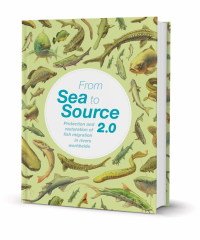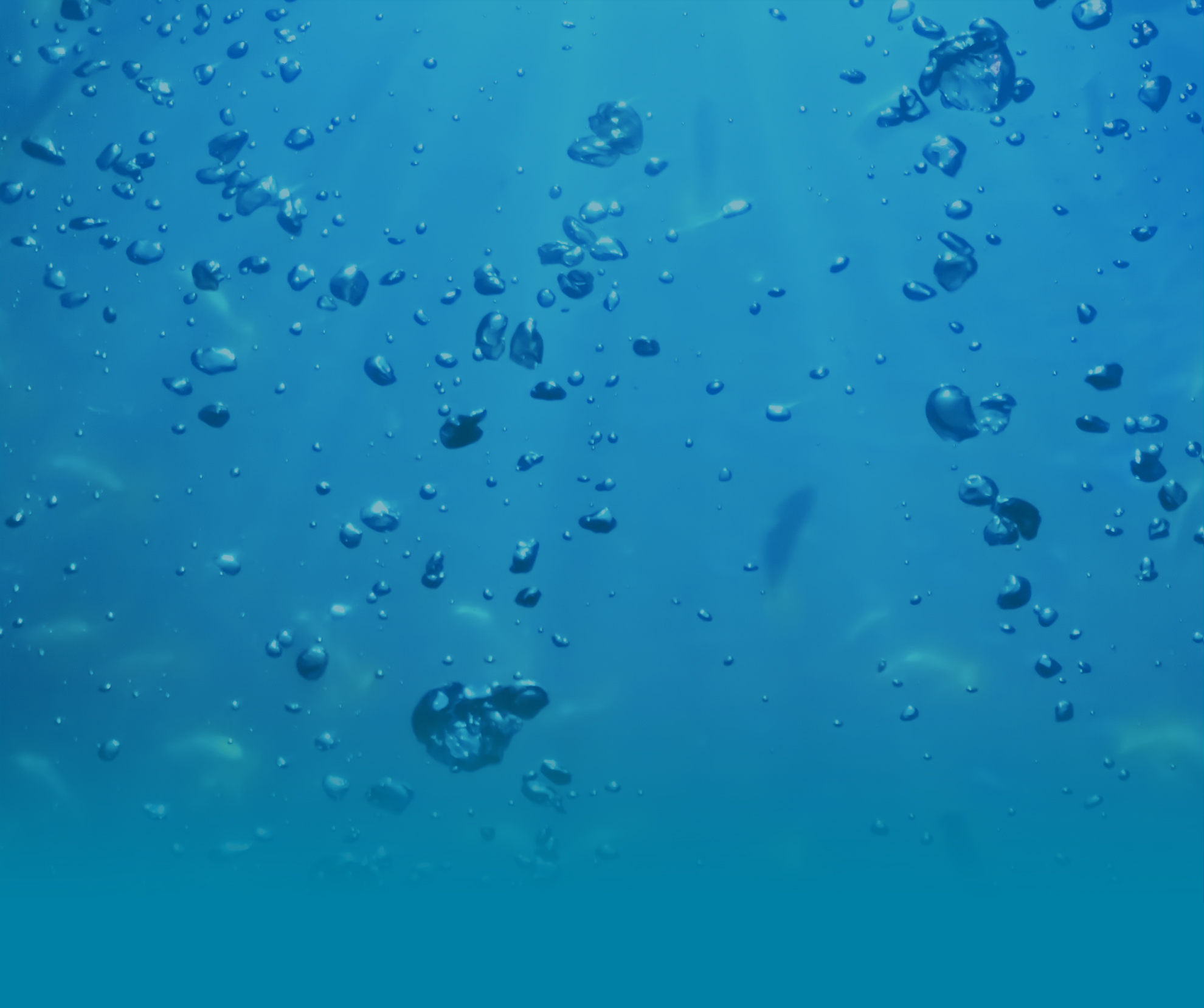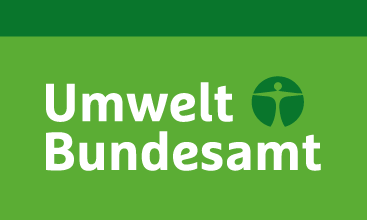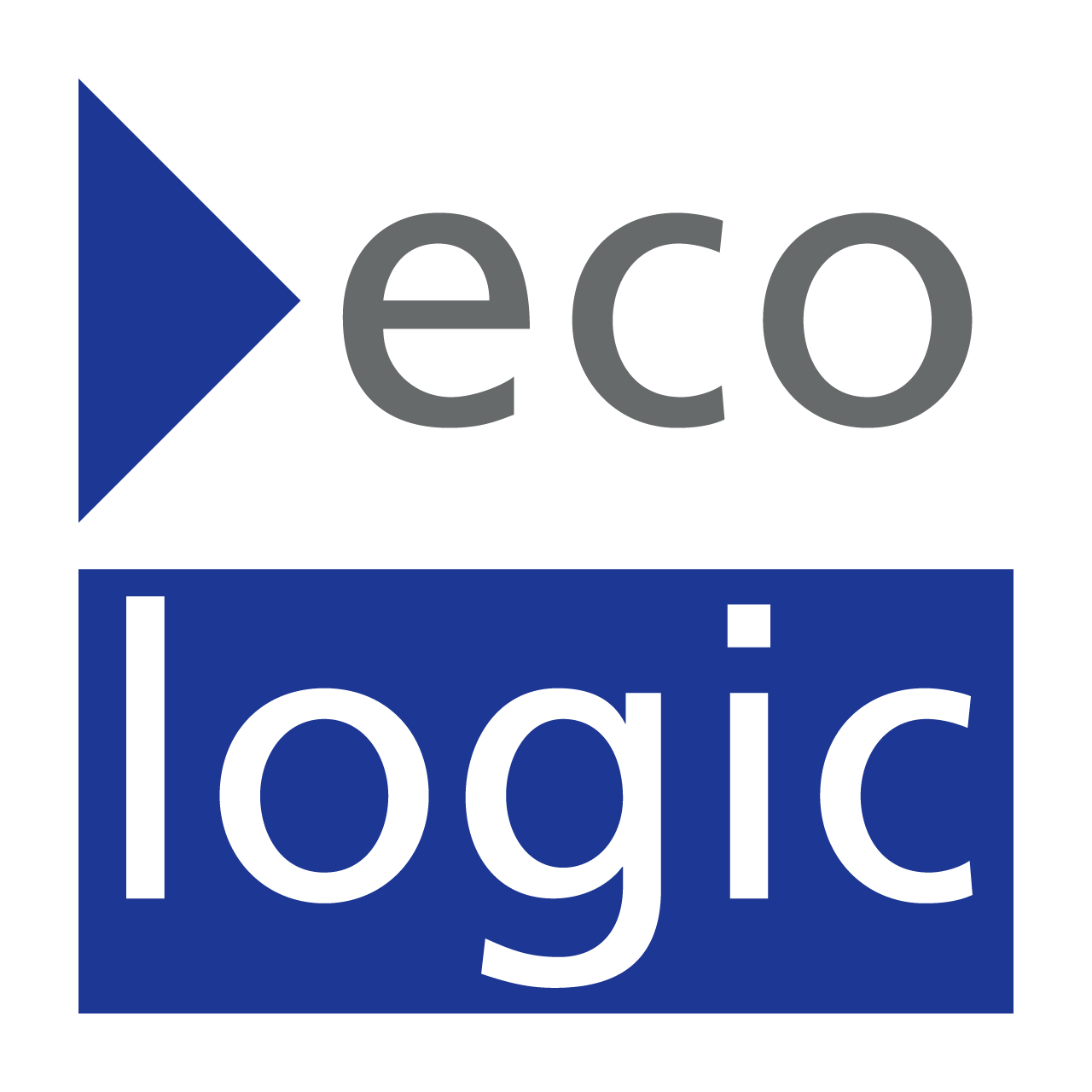
Diese internationale Veröffentlichung gibt einen Überblick über verschiedene Fischschutzprojekte weltweit, dargestellt aus Perspektive der Fischerei, des Flussgebietsmanagements, von Forschungsinstitutionen sowie Umwelt- und Naturschutzverbänden. Die Veröffentlichung steht auf der Publikations-Website From Sea to Source 2.0 als kostenloser Download zur Verfügung.
Inhaltsverzeichnis
PREFACE
EXECUTIVE SUMMARY
SPONSORS
1 INTRODUCTION
1.1 Why freshwater migratory fish?
1.2 The challenge of communication
1.3 Global vision
1.4 Goals of this book
1.5 How to use this book
2 THE IMPORTANCE OF RIVERS
2.1 Free-flowing rivers
2.2 Rivers around the world
2.3 Ecology of rivers
2.3.1 Hydrology
2.3.2 Nutrient cycling
2.3.3 Biological zoning
3 MIGRATORY FISH AND THEIR VALUE TO SOCIETY
3.1 Migratory fish and their value
3.1.1 Ecological value of migratory fish
3.1.2 Economic value of migratory fish
3.2 Classification of different fish migrations
3.3 Purpose of migration
3.3.1 Migration to reproduce
3.3.2 Additional reasons for migration
3.4 Triggers of migration
3.5 Migration timing
3.6 Fish migration routes
3.7 Migratory fish around the world
3.7.1 Europe
3.7.2 Asia
3.7.3 Russia
3.7.4 North America
3.7.5 South America
3.7.6 Africa
3.7.7 Australia and New Zealand
4 GLOBAL THREATS AND CHALLENGES TO FISH MIGRATION
4.1 Impact to migratory fish
4.2 Water quality and quantity
4.3 Overfishing
4.4 Climate change
4.5 Physical barriers
4.5.1 Impacts of dams on fish migration
4.5.2 Impacts of dams on river ecosystems
5 RIVER BASIN APPROACH
5.1 River basin management overview
5.2 River basin management plans and practices
5.3 Integrated catchment management
5.4 River basin organisations
5.4.1 Institutional framework
5.4.2 Decentralization of river basin management
5.5 River Basin Approach
5.5.1 Strategic objectives
5.5.2 Prioritizing rivers
5.5.3 Prioritizing restoration measures
5.6 Economics
5.6.1 Economic drivers and fish migration
5.6.2 Funds for fish
6 LEGISLATION AND POLICIES AROUND THE WORLD
6.1 Protecting migratory fish with international laws and agreements
6.2 Global laws and agreements – the principles
6.3 Legislation and policies around the world
6.3.1 North America
6.3.2 South America
6.3.3 Europe
6.3.4 Asia
6.3.5 Africa
6.3.6 Australia
6.3.7 Russia
6.4 National and regional policies
6.5 Implementing conventions, laws and policy
6.6 General conclusions
7 DAM REMOVAL
7.1 Dam removal overview
7.1.1 Global trends
7.2 Incentives and drivers for dam removal
7.2.1 Ecological restoration
7.2.2 Fish passage
7.2.3 Safety
7.2.4 Economics
7.2.5 Societal concerns
7.2.5 Policy & legislation
7.3 Basic steps to dam removal
8 TECHNICAL SOLUTIONS FOR HAZARDS AND OBSTACLES
8.1 Fish migration facilities: the current picture
8.1.1 Upstream facilities for fish migration
8.1.2 Downstream facilities for fish migration
8.2 Fish pass design and construction: a three-step approach
8.3 Step 1: Definition
8.3.1 Upstream fish migration
8.3.2 Downstream fish migration
8.4 Step 2: Design
8.4.1 Upstream fish migration
8.4.2 Downstream fish migration
8.5 Step 3: Construction and maintenance
8.5.1 Construction
8.5.2 Operational and structural maintenance
9 MONITORING AND EVALUATION
9.1 Monitoring and evaluation of fish migration
9.2 Defining effectiveness and efficiency
9.3 Choice of monitoring methods
9.3.1 Monitoring of upstream fish migration
9.3.2 Monitoring of downstream fish migration
9.4 General conclusions
10 COMMUNICATION
10.1 Overcoming challenges through communication
10.2 Improving communication between specialists and practitioners
10.2.1 Tools to exchange knowledge, connect people and facilitate networking
10.3 Improving collaborations and commitment
10.4 Creating awareness and activating citizens
10.4.1 World Fish Migration Day
10.4.2 Visitor centres
10.4.3 Education and outreach
10.4.4 Citizen science and capacity building
LITERATURE
CONTRIBUTORS






